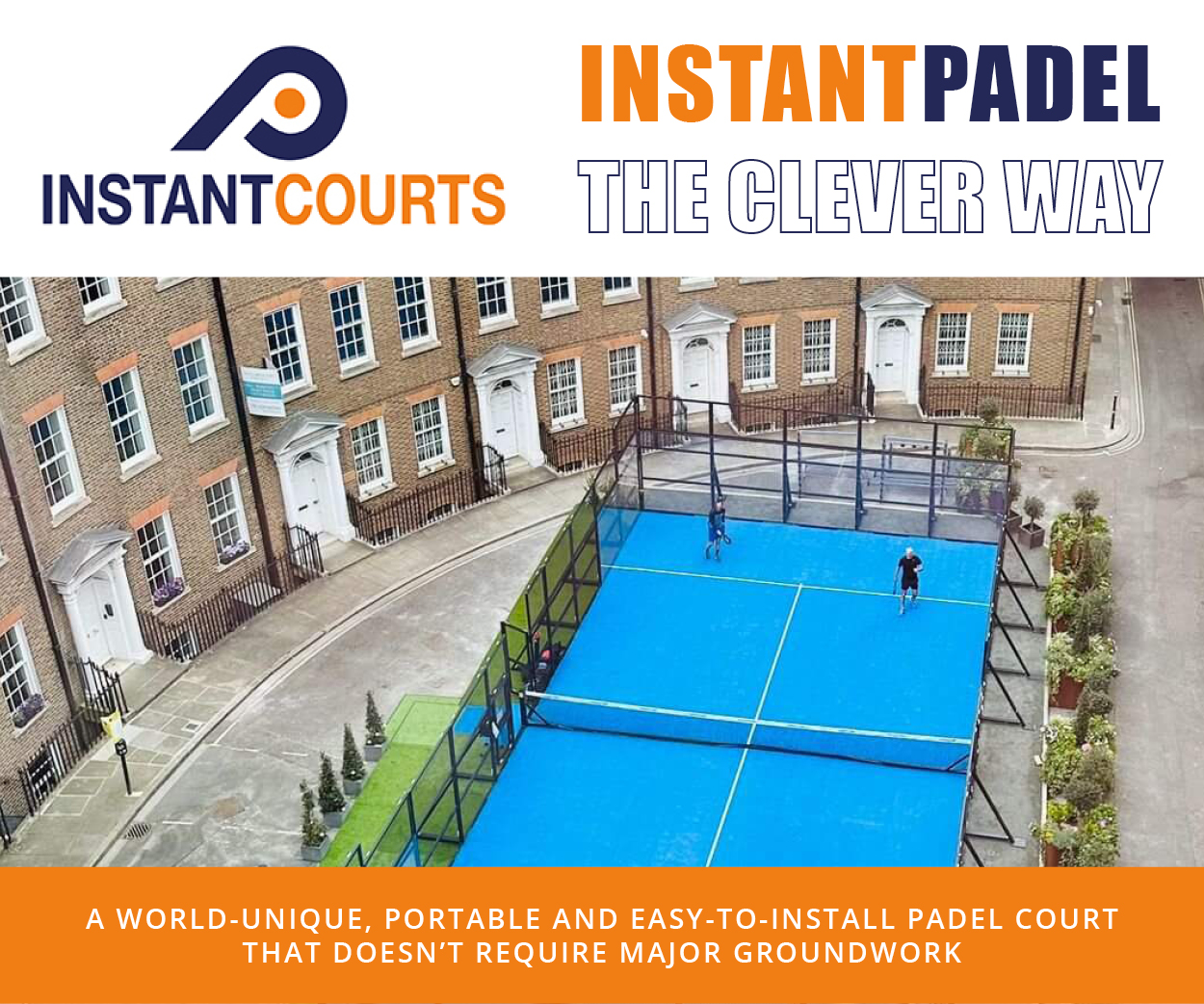Wesley Teixeira is owner/lead practitioner of a rehabilitation physiotherapy practice based at The Queen’s Club in London and founder of the BASE3LINE padel brand. As a physio, he has encountered many padel players causing themselves harm by playing with the wrong type of racket – so he made it his quest to find a solution.
My passion for sports and my commitment to injury prevention have been the driving forces behind my career. After dedicating years to the NHS, I pivoted into sport, working at Watford Football Club before setting up my own practice at the iconic Queen’s Club where I have been for the last six years.
However, my journey took an unexpected turn when I founded the BAS3LINE padel racket brand. In this article, I will share the story of what led me to create BAS3LINE and design rackets with a strong focus on safeguarding players against injuries.
Early on in my career as a physiotherapist, I worked with athletes from various disciplines, witnessing the highs and lows they experienced due to injuries. It was heartbreaking to see promising careers cut short or dreams shattered because of preventable injuries. As I delved deeper into my practice, I realised that a considerable number of these injuries were linked to the equipment athletes were using, particularly in racket sports such as real tennis, squash, racquets, tennis and padel.
Padel, the fastest-growing sport in the UK, has gained immense popularity globally. However, it comes with its fair share of injury concerns, mainly stemming from the repetitive nature of movements and the impact on joints, especially in the upper extremities.
Soon after the padel courts were installed at The Queen’s Club, I saw a significant rise in the number of injuries. Fuelled by my passion for injury prevention, I set out to explore the possible reasons for this and ways in which racket design could contribute positively to players’ health and performance.

I spent countless hours researching along with my business partner, Jeferson Andrade, who has a successful sports background, and working closely with players and coaches to understand the possible causes.
I eventually found that 90% of padel rackets available in the market have their weight concentrated at the top, which in padel terms we simply call ‘head heavy’. This is ideal for athletic young professionals who want to maximise their power. However, it may not be suitable for over 80% of people, especially beginners and those with a history of injury. In fact, it ould be devastating.
Other factors such as the quality of the materials used are also very important. For example, Fibreglass which is commonly used in low and mid-range padel rackets, does not have any impact or vibration absorption capacity. Unfortunately, padel is a relatively new sport in the UK and there is limited information available on how to choose the appropriate racket.
The turning point in my journey came when I met an innovative team of engineers from Swansea University who were working on a revolutionary concept for optimising the use of composite materials in sports equipment. This team shared my vision for injury prevention, and with their help, we founded BAS3LINE.

The fundamental principle behind BAS3LINE’s approach to racket design was to reduce the impact and stress on the player’s body while maintaining optimal performance. We focused on three key elements:
Vibration dampening: We incorporated advanced materials and technology into our rackets to absorb and disperse vibrations effectively including Japanese carbon fibre from TENAX™. Excessive vibrations transmitted to the player’s arm can lead to discomfort and injuries over time, such as tennis elbow.
Weight distribution: Proper weight distribution is crucial for any racket, and it becomes even more critical when injury prevention is the primary goal. Through extensive research and testing, we developed a design that offers a balanced and responsive feel while minimising the risk of overuse injuries.
Ergonomic grip: We placed considerable emphasis on the grip design. We simply shortened the length of the grip for better control and reduced unnecessary weight, ensuring that it provides maximum comfort and support to the player’s hand.
When we launched the BAS3LINE padel rackets at The Queen’s Club, the response from the padel community was overwhelming. Players noticed a tangible difference in how the rackets felt in their hands and how their bodies responded to prolonged gameplay. Reports of injuries decreased among our users, leading to increased confidence in our products which are currently available at most padel Clubs in London and will soon be available throughout the UK.

The journey from a physiotherapist to the founder of an innovative padel racket brand has been both challenging and rewarding. Witnessing the positive impact BAS3LINE has had on players’ lives and their ability to enjoy the sport they love without constant injury worries has been the driving force behind our continued dedication.
My vision for BAS3LINE remains grounded in the idea that injury prevention should always be at the forefront of sports equipment design. The padel community’s wellbeing will always be my top priority, and I am committed to pushing the boundaries of racket technology to create a safer and more enjoyable playing experience for everyone.

We want to foster a community of informed and resilient padel players who can maximise their potential and enjoy the game for years to come. Let’s take your performance to new heights while keeping injury free.
To learn more please visit our website at www.bas3line.com









































